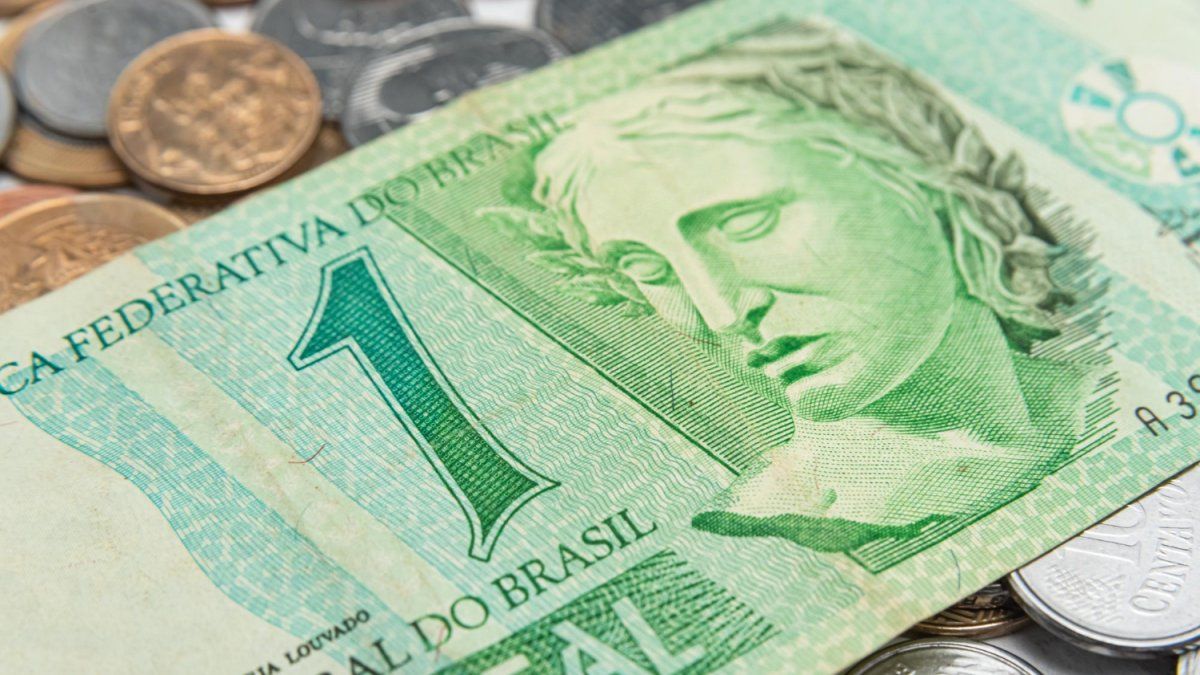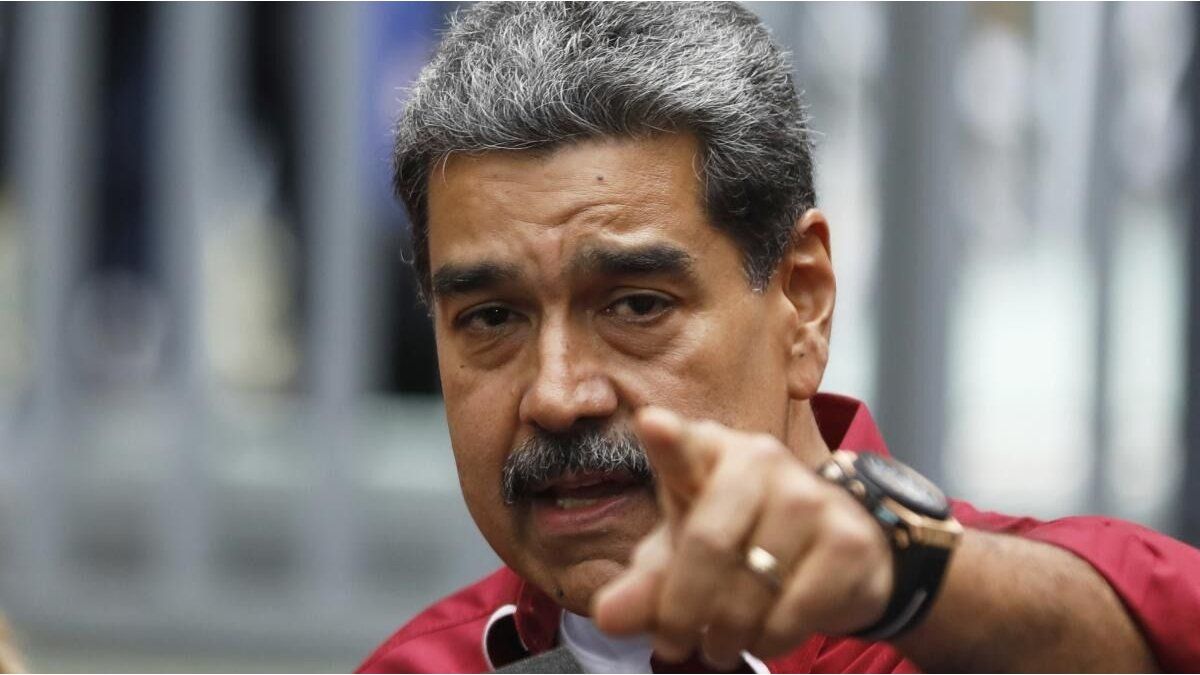Argentina is once again at the crossroads of its economic history, with the backdrop of a volatile exchange market and a fragile financial structure. The Government has opted everything in a new agreement with the International Monetary Fund (IMF)with the hope of an initial disbursement of 8,000 million dollars and a total program of up to 20,000 million. However, the key question persists: is this lifeguard enough to stabilize the economy and stop the social conflict, or simply represents another episode in the long history of financial patches that do not address the country’s real problems?
The magnitude of the challenge is evident: the phones sound in cereal companies begging to liquidate dollars. There are only 25,000 million dollars of gross reserves, after losing 8,000 million dollars since January 2025when they exceeded 33,000 million dollars. The net (negative) reserves today are estimated, exceed 11,000 million. The PRO, a space that takes up with Llass asks for devaluation (Mauricio Macri did it personally and publicly). The markets throb increasing exchange tensions and are based, the daily sale of BCRA dollars, plus other instruments (a trust for electrical and active works of the ANSES was settled, they cannot stop the growth of the gap between the official dollar and the parallel.
The IMF was asked to support, although it is not, communicationally. The IMF’s response, meanwhile, was cautious and measure, avoiding explicitly supporting the advancement strategy presented by the Ministry of Finance. They did not clarify that if they supposedly gave him 40% of the loan once, only 5.5 billion dollars would be freely availability. Beyond the official figures, the skepticism of buyers of titles and actions remains on the rise, doubleing the casualties of international markets. The recent history of the “macrista experience,” demonstrated once again that agreements with the agency do not represent a sustainable solution, but have generated a greater dependence on external financing without resolving the vulnerabilities of the economy of “Main Street.” – How is the Main Street economy promoted? – With productive plans and strategies, with a practical vision, with commercial programs, with business resources. This article examines very briefly the scope of the new financial program and its impact on the country’s macroeconomic stability.
Analysis of the new financial program and its impact on the exchange market
Last week in a context of marked macropinanciera uncertainty, the Minister of Economy, announced that the amount of the program that the Argentine government negotiates with the International Monetary Fund (IMF) amounts to 20,000 million dollars, without authorization of the IMF and in violation of a tacit pact. He was immediately denied by the FMI spokeswoman Julie Kozack. The contradiction did not contribute to generate trust.
As reported recently, if alleged complementary resources of other multilateral organisms are included, gross reserves could reach 50,000 million dollars, a significant increase compared to the current 25,000 million. But the reality is that with a 200 million dollar a deficit daily and a real availability to stop running only 5.5 billion, the IMF’s help would last 28 business days.
That is why we said that IMF communication has been considerably cautious. In official statements, the agency said: “The conversations about a new program are very advanced” … “Argentina’s request …” Argentina deserves … “(but does not say” the IMF has decided “…” has been granted “… or,” this is the decision of the board “… or,” the first disbursement is 8,000 million on April 15 “…) the IMF says:” … the final size of the financing package will be determined. by the executive directory ”. In addition, it is known that, about two thirds of the total amount enter and leave for the IMF. Together, the disbursements will be carried out in sections throughout the validity of the program, All this without offering details regarding the evolution of the exchange regime. Of the supposed additional funds of the IDB, the CAF, the BM, plus another Chinese swap (a new armor), there is nothing official, they are only transcended through an international chain and local surreptitious spokesmen allies of the Casa Rosada. The authorities continue to deny any possibility of devaluation, but in turn the Minister of Economy does not rule out a change of exchange regime …? In that case, do Sturzenegger or Quirno continue or replace it? Macri team members (2015-2019)
From a financial stability perspective, the government’s attempt to mitigate uncertainty “operating the IMF” failed to reduce uncertainty, rather gender internal noises in the same entity. The reality is that the key factors for the success of the agreement include the accumulation of reserves by the BCRA and a move of the current exchange regime, both elements are fundamental to improve access to the indispensable dollars.
All of the above had another impact yesterday Monday on the exchange market. The blue dollar reached $ 1,325, marking its maximum since August 2024, evidencing the persistent uncertainty of the market with respect to the terms of the agreement with the IMF. In spite of the repeated statements of Minister Caputo that “there will be no devaluation” (simulating that flotation between bands is not devaluation), the price of the parallel dollar, even hyper intervened has continued on the rise. The gap with the official dollar was at 23.4 %, reflecting the impotence of the government and the market doubts about the sustainability of the exchange scheme.
Internationally, risk factors that affect exchange volatility also persist. The application of new tariffs by the strategic ally of President Milei (USA), 25 % on imported vehicles and agricultural products could generate adverse repercussions on the global economy. At the local level, the liquidation of agricultural exports has been reduced, as a consequence of exchange uncertainty. Soy and corn exporters have moderated their sales waiting for clearer definitions.
Besides, The country risk has exceeded 800 basic points-on top of the 2018 crisis)while the S&P index Merval registered its fourth consecutive fall. But it is the expectation about the new program with the IMF that remains the main uncertainty factor in the markets.
Once again, Argentina seems trapped in an endless cycle of financial dependence, where each new program with the IMF is presented as the final solution, but ends up revealing its structural limitations. While I could offer a respite in the short term, the essential question persists: can the country generate the necessary conditions for sustainable economic recovery, or is it simply postponing another inevitable failure?
Historical experience forces us to doubt. Without deep changes in the exchange scheme, the background problem will continue latent, and the markets have already given signs of their skepticism.
Beyond the optimistic ads, Milei’s photos with world figures and Caputo’s interviews, uncertainty does not dissipate. From the painful experience of the Government of Mauricio Macri and his Mini Davos, exchange volatility and pressure on 2018-2019 reserves suggest that challenges cannot be resolved with communicational marketing injections. What was achieved at the fiscal level in 2024 was already capitalized (“the greatest adjustment of world history” …), but the solution expected in the next thirty -three months requires much more than what was done in 2024, from now on financing is needed to grow; A firm commitment to a consistent program that does not go to the useless Carry Trade is required, strong surpluses of current account and genuine growth are needed. Is this the agreement with the IMF that finally breaks with the trend of previous disappointments? The evidence suggests that it is still too early to affirm it.
Director of Esperanza Foundation. Postgraduate professor at UBA and private universities. Master in International Economic Policy, Doctor of Political Science, author of six books.
Source: Ambito
David William is a talented author who has made a name for himself in the world of writing. He is a professional author who writes on a wide range of topics, from general interest to opinion news. David is currently working as a writer at 24 hours worlds where he brings his unique perspective and in-depth research to his articles, making them both informative and engaging.




